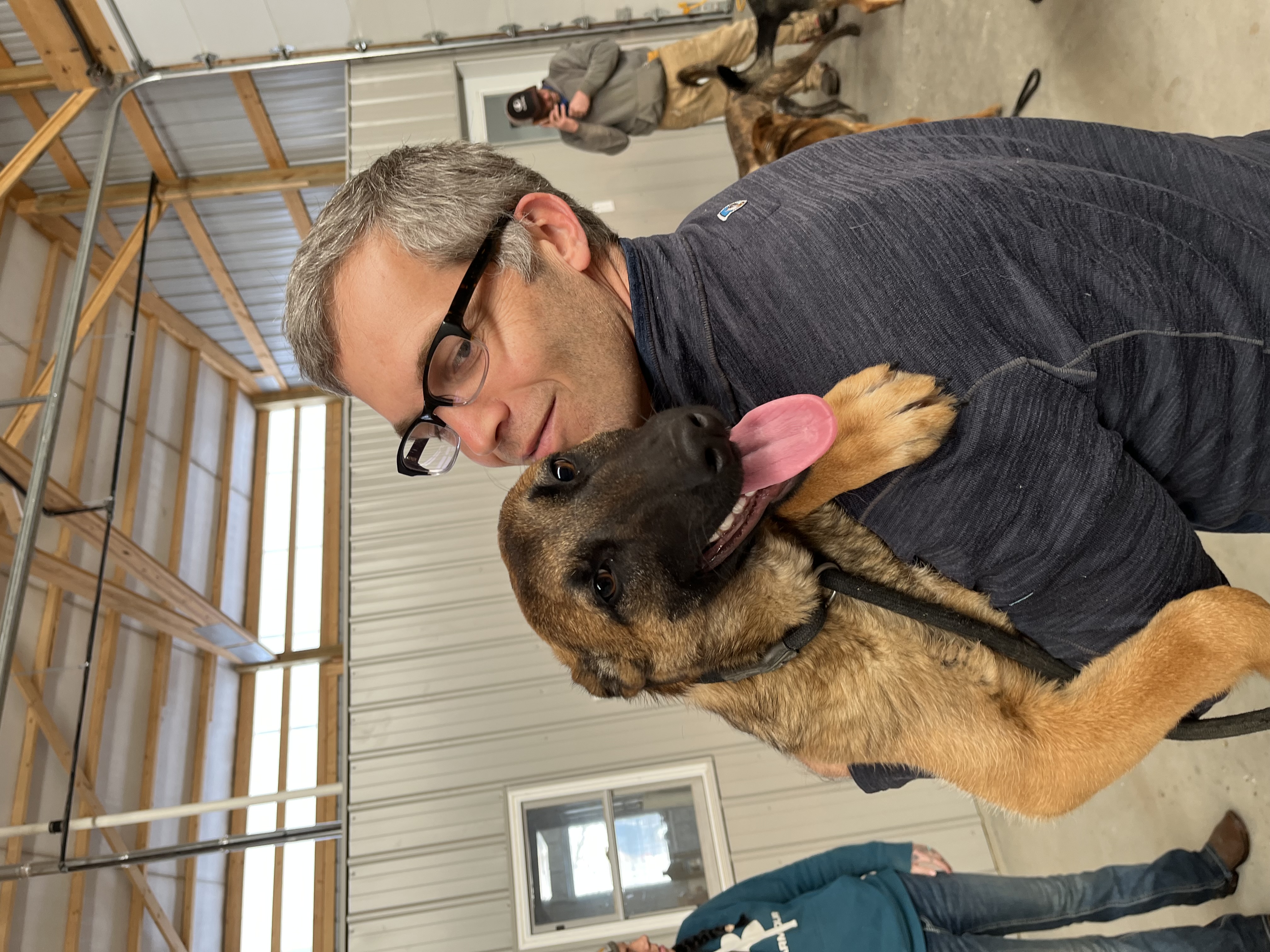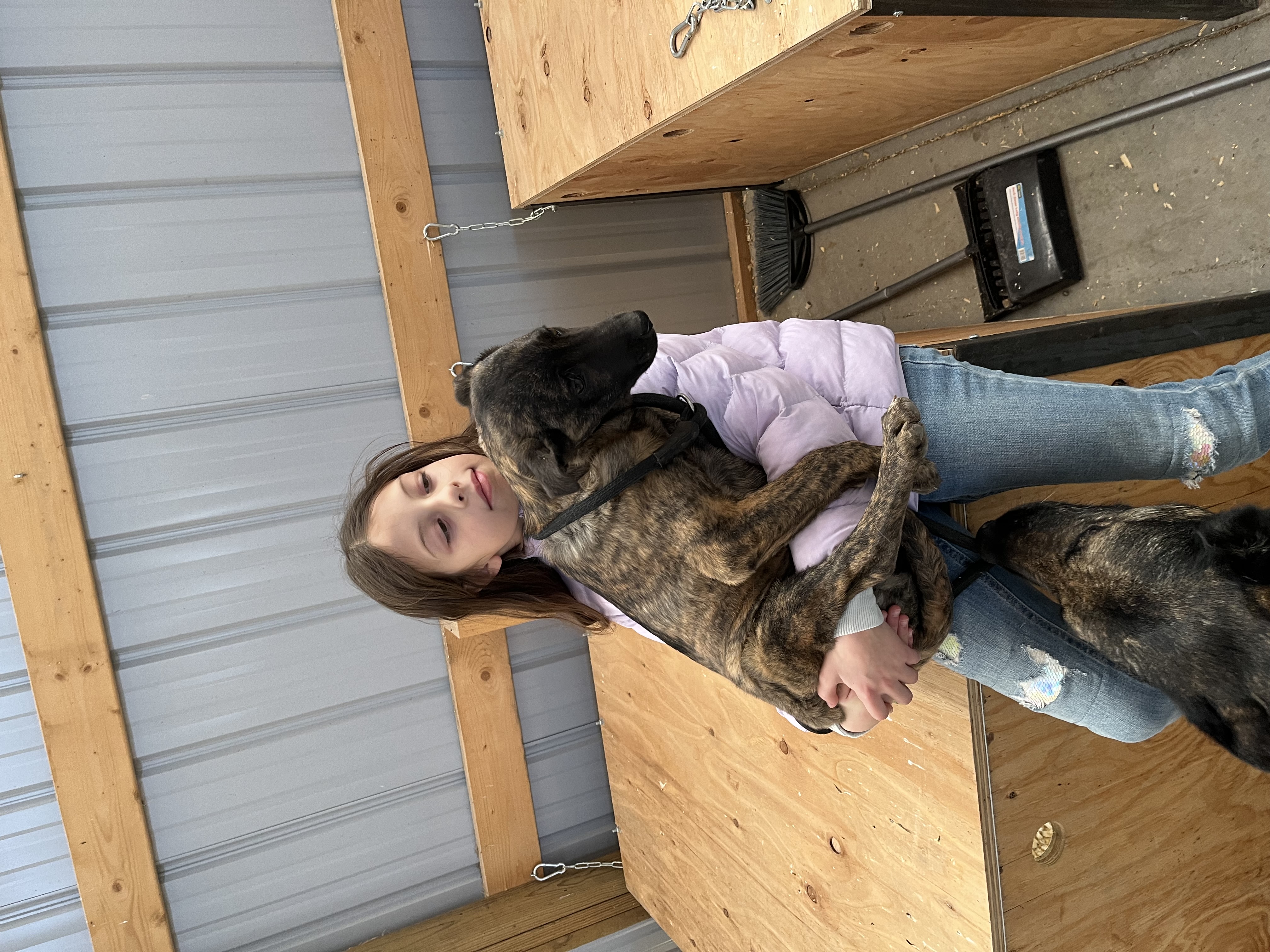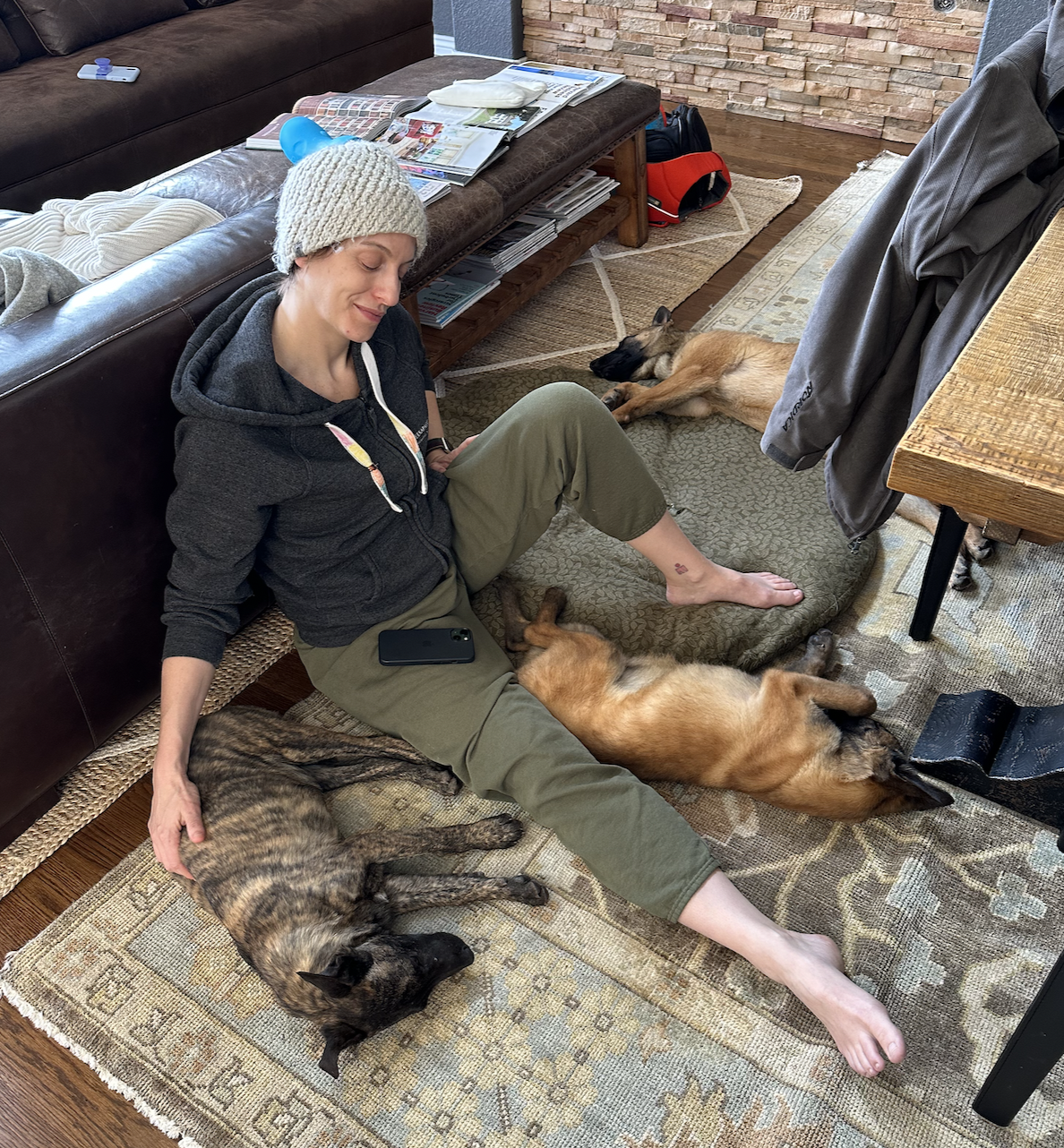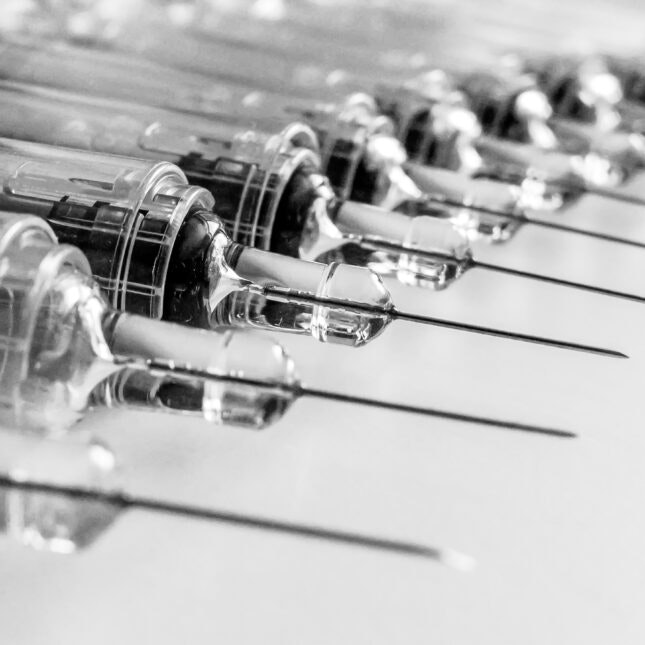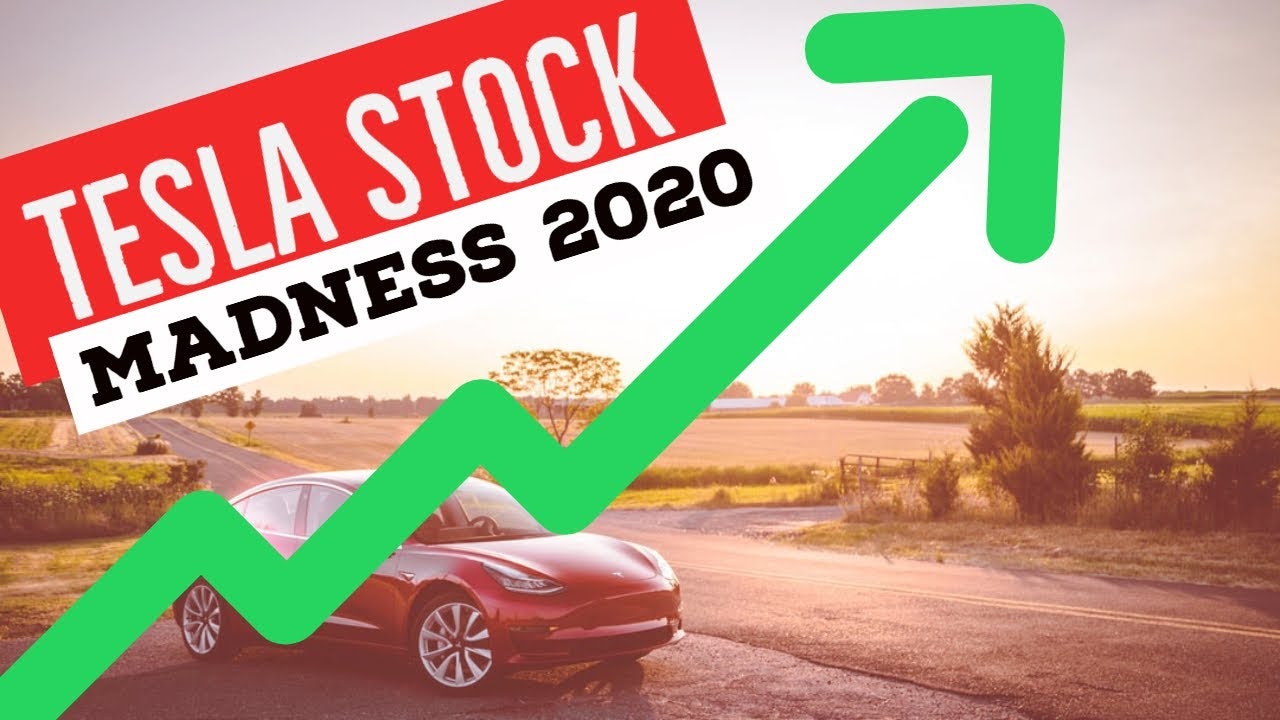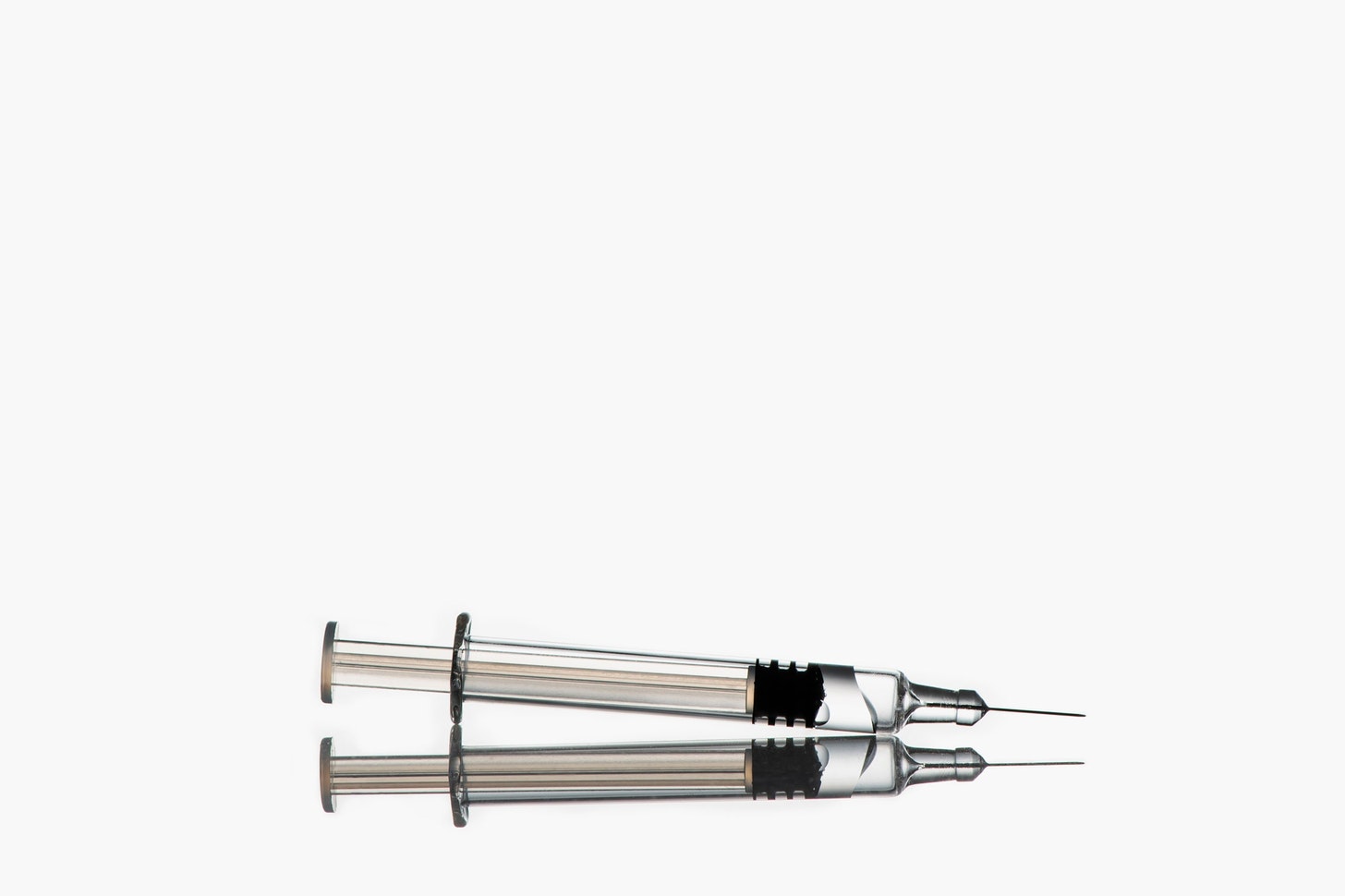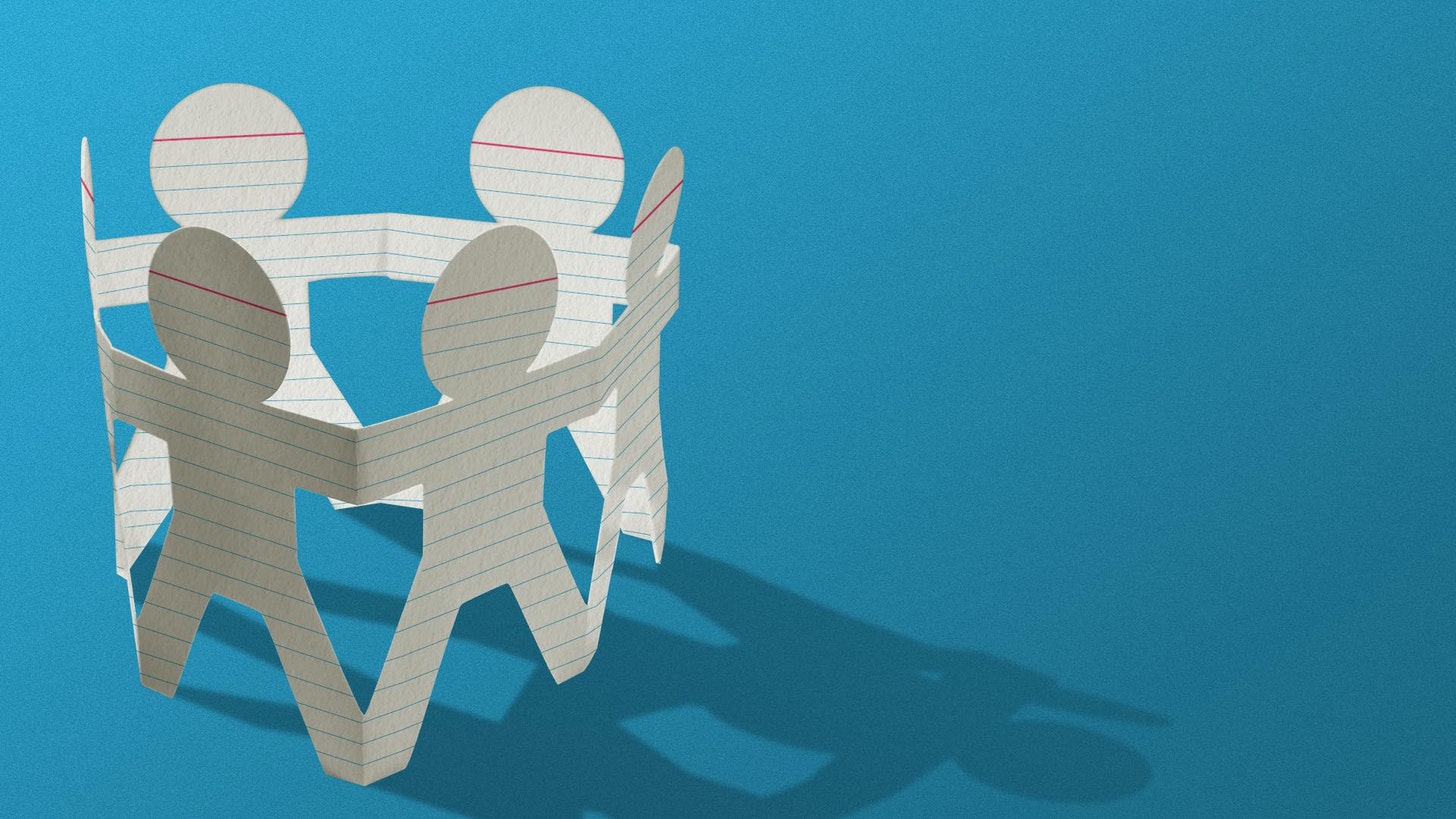I’ve been working at Enjoy the Work now for two years and I wanted to take a minute to reflect what I’ve learned. For those who don’t know Enjoy the Work, we’re a firm that works closely with startup founders to help them become great CEOs. We’re a group of 12 former operators and investors. We’ve worked with more than 140 startups since 2015.
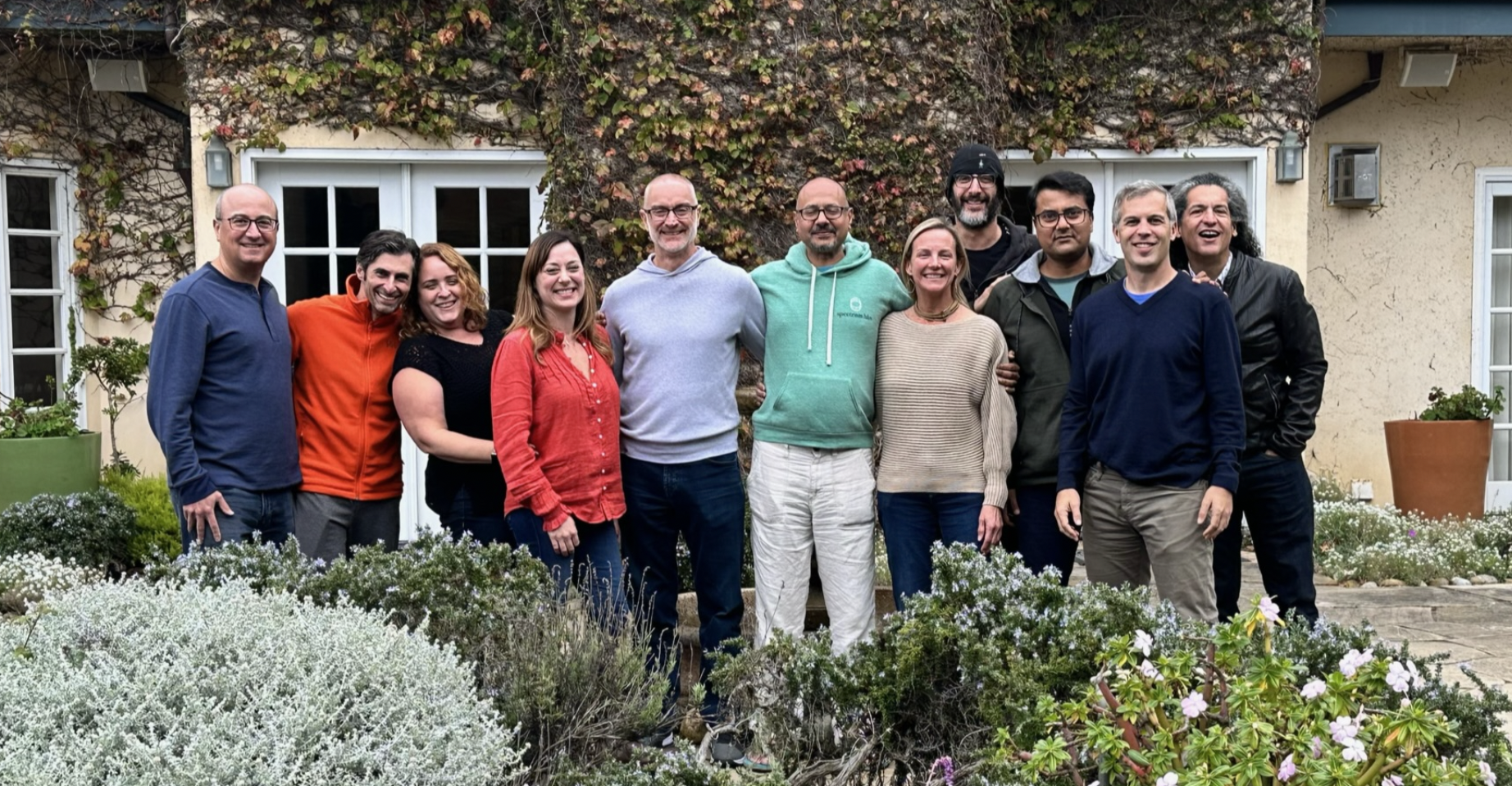
Some reflections on the past 2 years:
It’s so different than operating
When working inside a company, you have to hustle every minute of every day. You roll up your sleeves and make shit happen. When I started, I brought that same energy to my calls with founders and it wasn’t right. This job is not about doing, it’s about listening and asking questions. I still do a lot of work but it’s different, it’s about working to serve the CEO not on the business. Which brings me to my next point…
It’s all about listening
Not just listening but listening deeply. What is the real problem, and the problem behind the problem? Finding the right issue to talk about is often the most important thing. And it’s not just listening to the business problem but the tone and non-audio clues as well. This job is all about understanding and focusing on the right issue.
Being an advisor is not only about giving advice
As an advisor you need to have opinions and thoughts on how to help, but there’s more to it than that. When I first started, I had answers and was eager to give advice. But that wasn’t the most effective. I was giving someone fish instead of teaching them how to fish. I was being a consultant vs. being a teacher. It took a bit to change that behavior.
I’ve learned so much. Functional areas. Coaching.
I had learned a lot from time at Kapost, Airbnb and Onward so I have a good background to draw on. What’s been fun about this role is getting the chance to read all the books that I never had the time to fully absorb. I’ve made my way through most of the top business books now. I also have 11 other incredible partners who have amazing experiences that they’ve taught me about. What has surprised me is how fun it is to learn.
The drama triangle is everywhere
There’s a concept called The Drama Triangle where there are three roles that people assume when things aren’t going well. They are a villain, victim or a hero (or rescuer). When people are stuck in one (or all) of these modes, often getting out of it is all they need. And once you know the drama triangle, you can help but see it everywhere.
Earning the first call is how you measure success
I’ve always said that I thought advisors were kind of bullshit as you spend maybe once a month talking and half of the conversation getting them up to speed. Once reason I really like our engagements at ETW is that we engage deeply. We talked at a minimum weekly and sometimes daily. At ETW, we measure success when we have earned the first phone call from a CEO when something goes great or when something falls apart.
Coaching is a Cheat Code
I have loved my soccer coaches and think of them all the time. I don’t know why I have never thought of having a coach or personal advisor for work but the people who do are able to go faster and smarter. It’s a huge advantage and it amazes me that it’s not more common. Having an hour a week dedicated to exploring your issues, problems and goals and working through how to be better and go faster is such a gift, I wish it for everyone.


